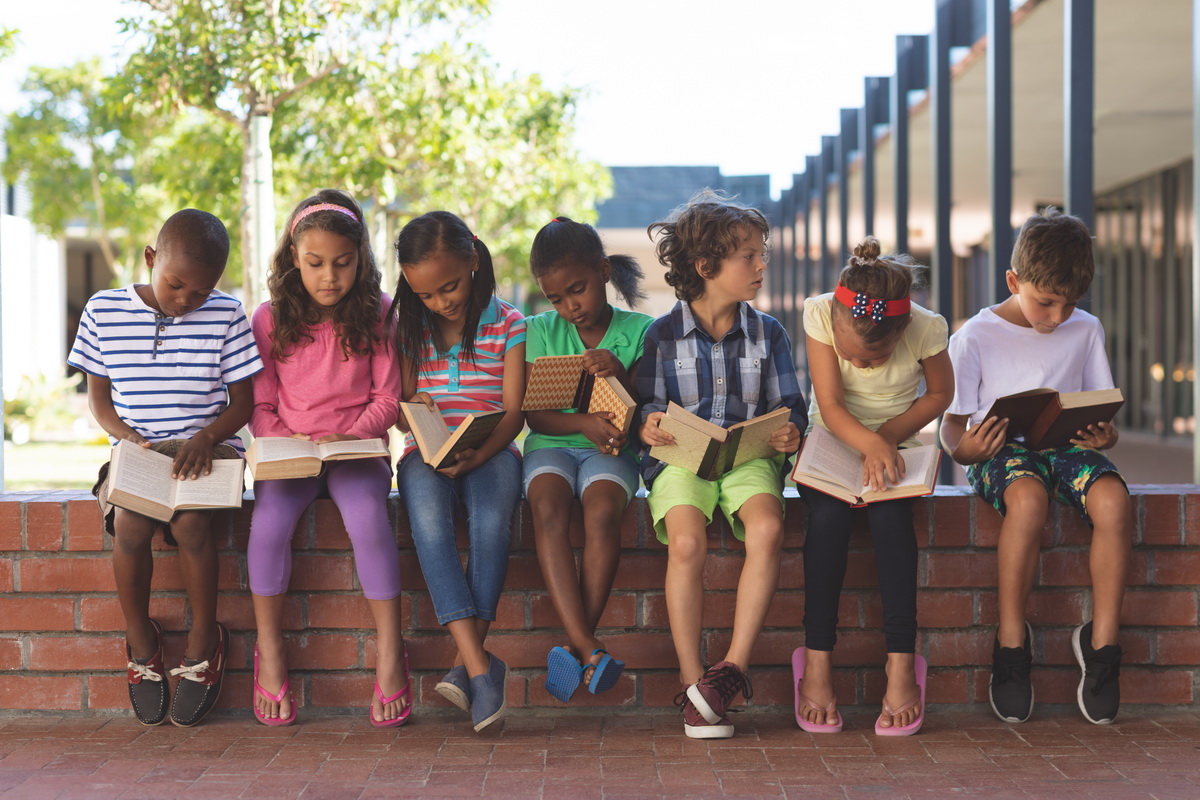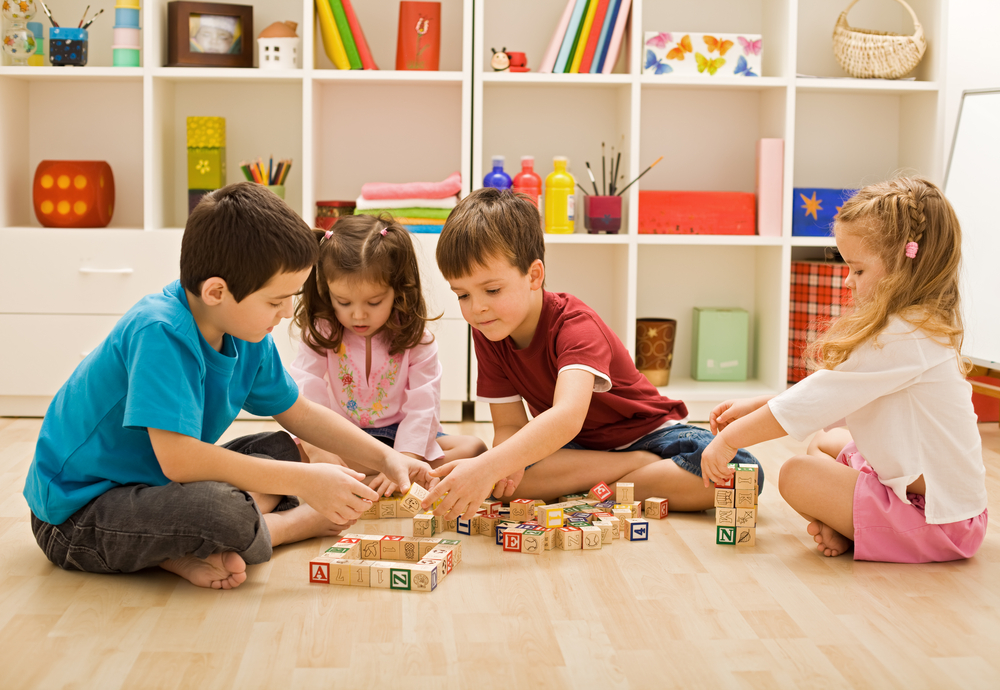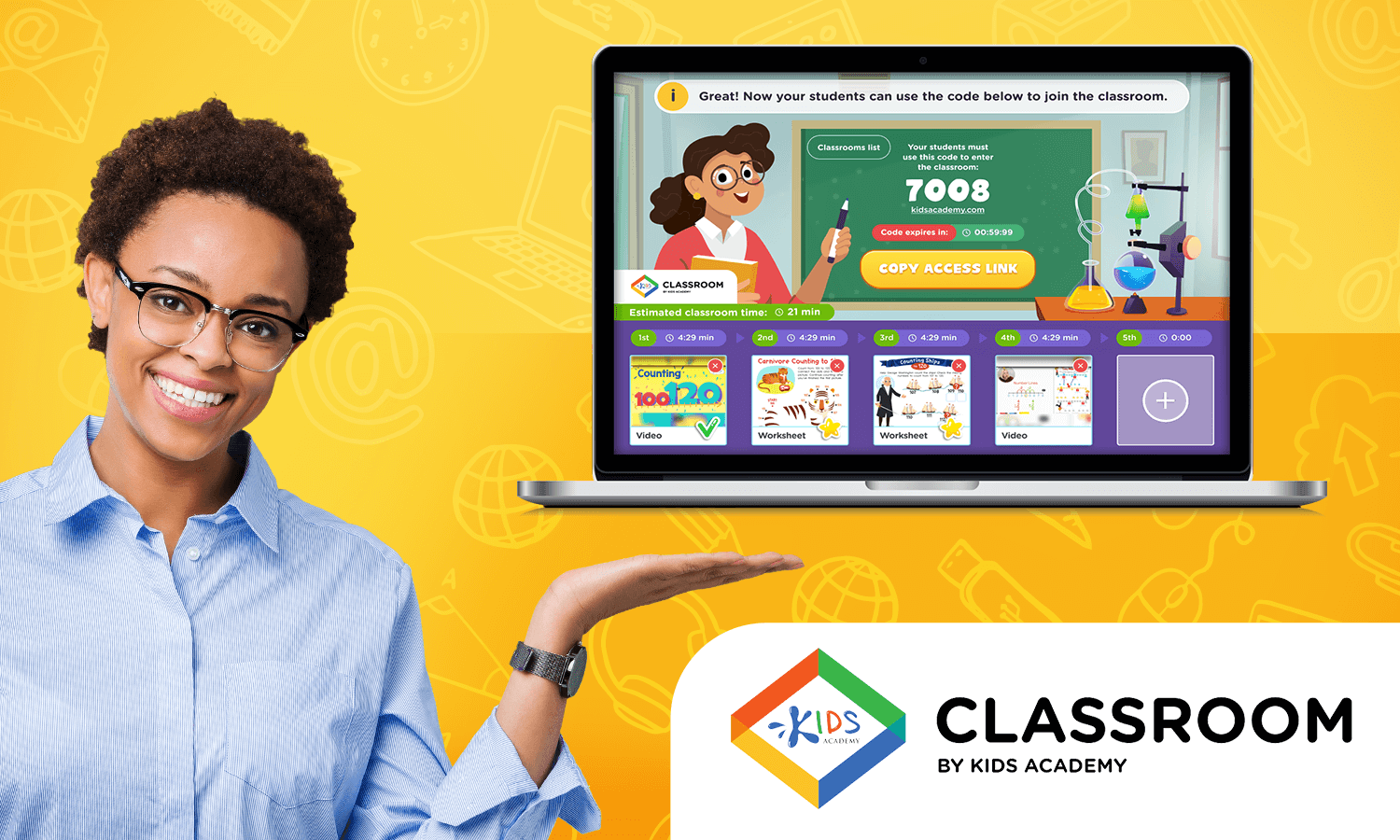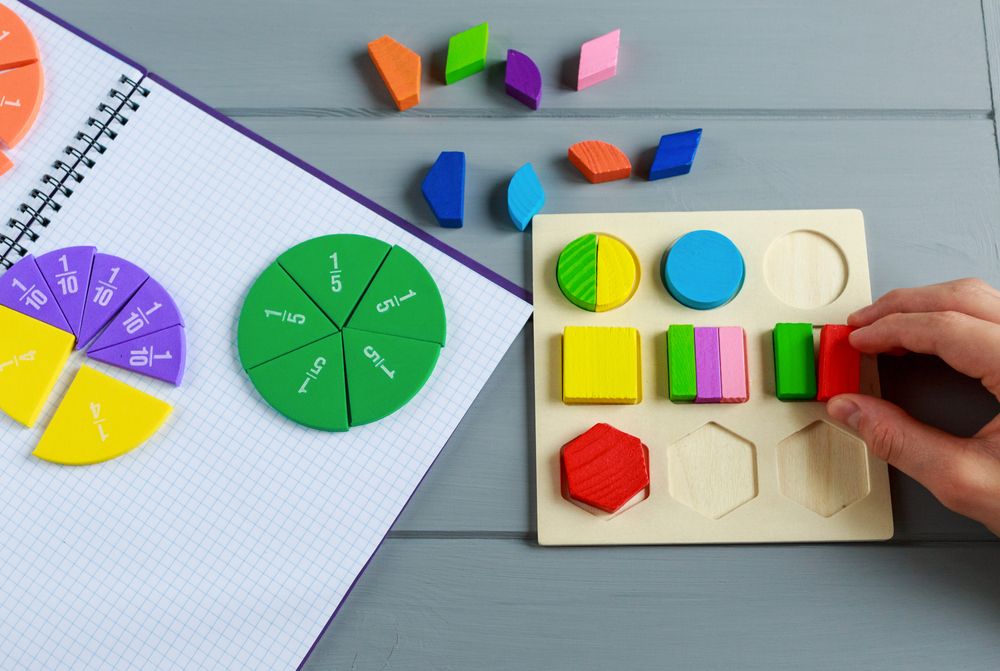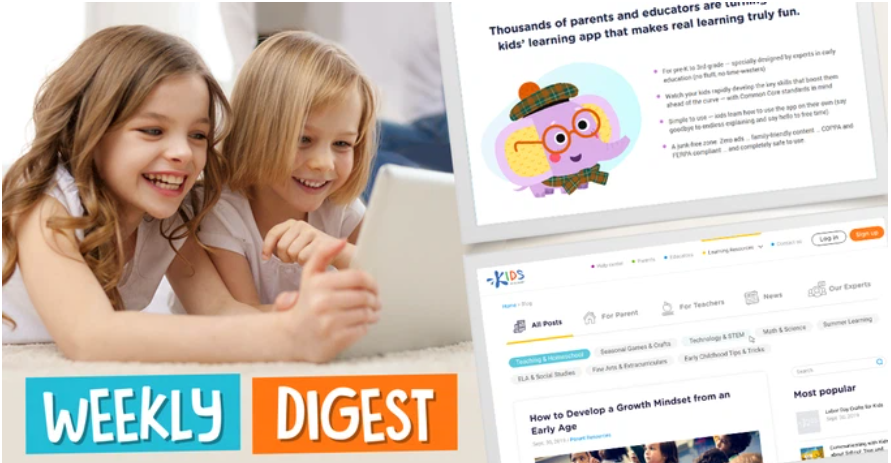Letter Sounds worksheets activities for 6-Year-Olds
2 filtered results
-
From - To
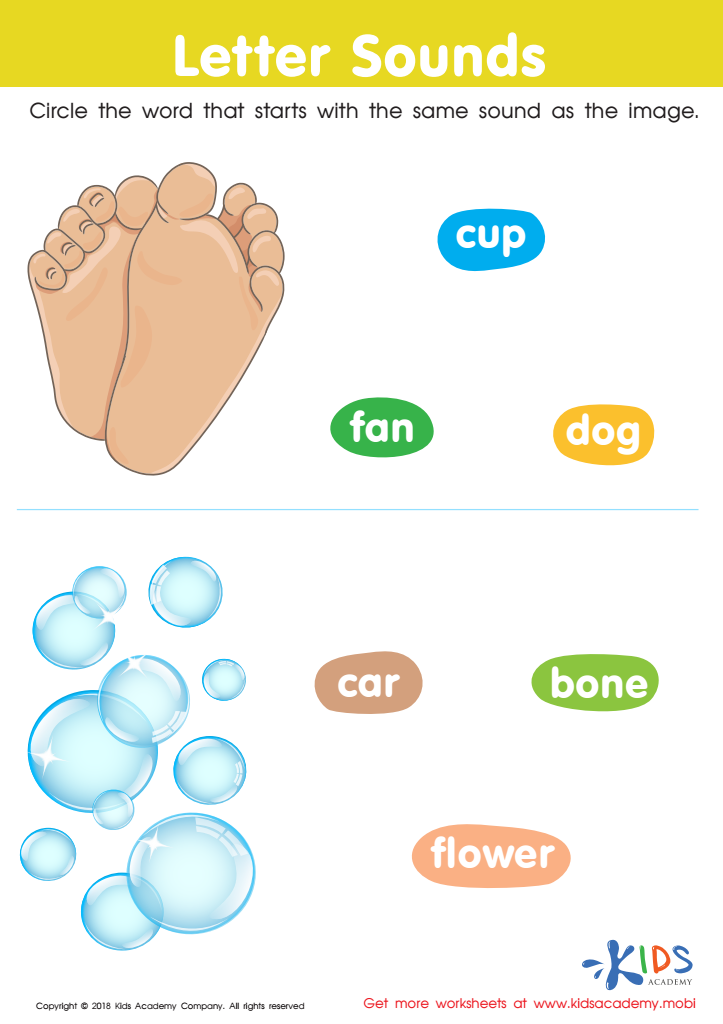

letter sounds Worksheet
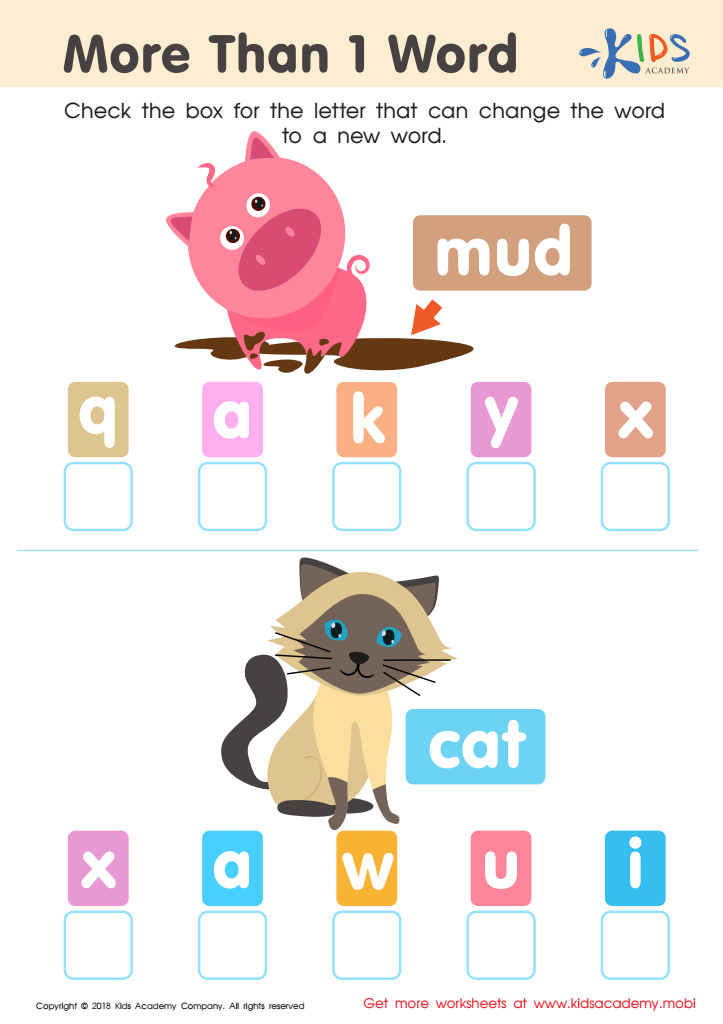

More than 1 word Worksheet
Letter Sounds worksheets activities stand out as an invaluable tool in the foundational phase of children's education. These activities are meticulously designed to bridge the gap between recognizing alphabets and beginning to read, making them crucial for early learners. The significance of Letter Sounds worksheets activities can be seen through various lenses, each underscoring their usefulness in nurturing literacy skills.
Firstly, Letter Sounds worksheets activities cater to the developmental need for interactive learning. Children, by nature, are curious and eager to explore the world around them. Through engaging worksheets, they interact with letters in a multifaceted manner—tracing, coloring, matching, and identifying sounds—which enhances their learning experience. This hands-on approach not only keeps them engaged but also reinforces their understanding of the sound each letter makes, a critical step in phonics education.
Moreover, these activities are instrumental in promoting phonemic awareness, a key predictor of reading success. Phonemic awareness—the ability to hear, identify, and manipulate the individual sounds in words—is fundamental in learning to read. Letter Sounds worksheets activities provide a structured way for children to practice these skills, gradually building their ability to decode words, which is essential for reading fluency and comprehension.
Additionally, Letter Sounds worksheets activities are versatile and adaptable, making them suitable for a wide range of learners, each with their unique learning pace and style. Educators and parents can select worksheets that match the child's current understanding and challenge level, ensuring a personalized learning journey. This adaptability also makes it possible to keep the learning experience fresh and engaging, preventing boredom and fostering a love for learning.
Finally, these activities lay a solid foundation for spelling and writing. Understanding the sound-letter relationship is crucial for children to spell words correctly and express their thoughts in writing. By practicing with worksheets, children internalize these relationships, which translates into better spelling and more confident writing in the future.
In conclusion, Letter Sounds worksheets activities are a cornerstone in early literacy education. They engage, educate, and empower young learners, equipping them with the skills necessary for a successful reading journey. By integrating these activities into the learning curriculum, educators and parents can significantly enhance children's literacy outcomes, setting the stage for lifelong learning and achievement.
 Assign to the classroom
Assign to the classroom
